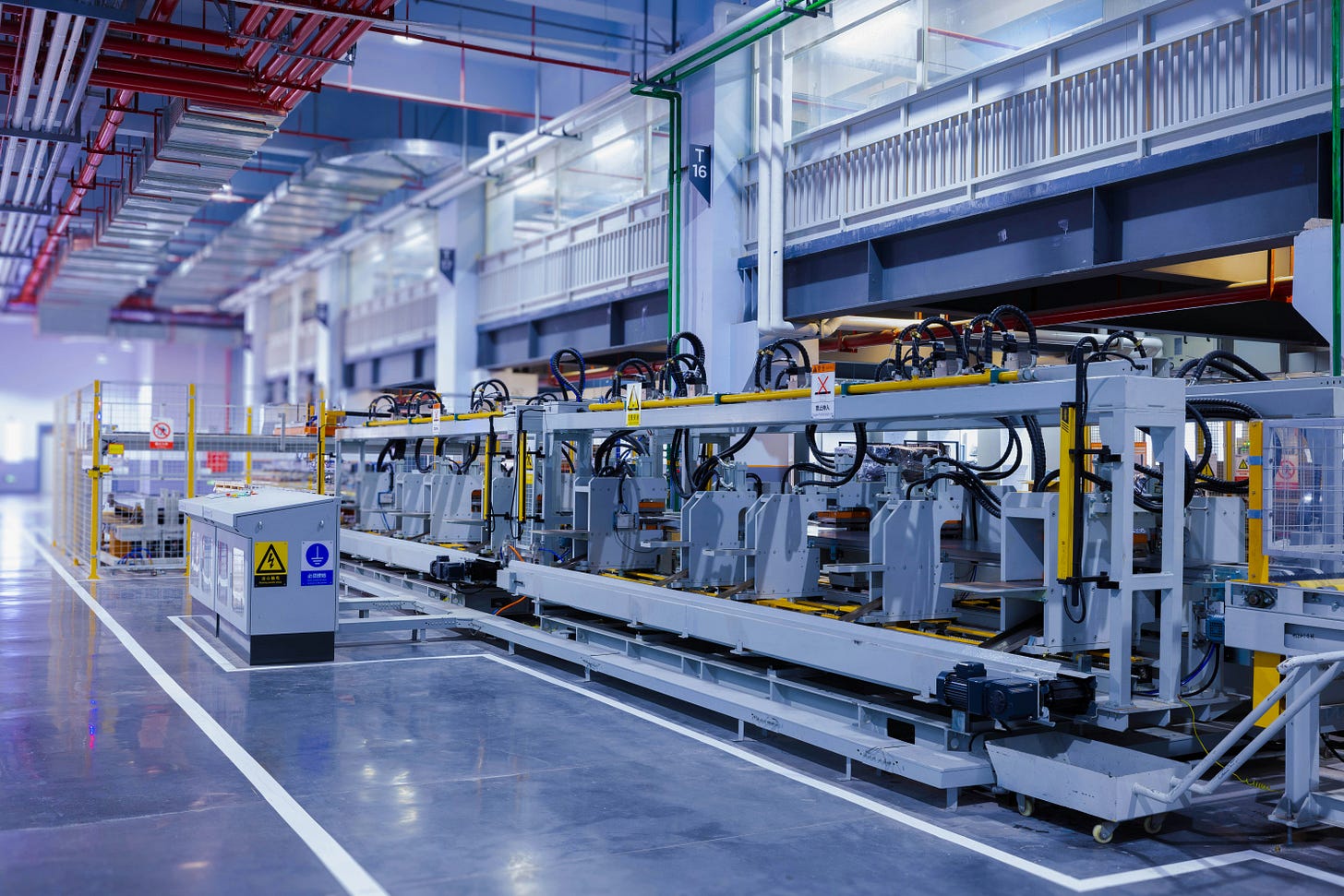🦾 The Growth of Robotics: Insights from World Robotics 2024 Report by IFR
As global supply chains face new challenges, the World Robotics 2024 report highlights how robotics is rising to the occasion—powering efficiency, adaptability, and growth across sectors.
The World Robotics 2024 report by the International Federation of Robotics (IFR) underscores major trends in the robotics industry.
It shows a big increase in the use of robots across different sectors, helping businesses work faster, keep quality high, and save on costs. The report also points out how robotics are becoming more essential due to recent challenges in global supply chains and the need for reliable local production. Additionally, it shows how new technologies are making robots more flexible and capable of handling complex tasks across different types of industries.
Rising demand in key industries: a growth opportunity
The report highlights a growing demand for robotics, especially in high-volume, precision-driven industries like automotive and electronics, which lead in automation adoption. In the automotive industry, robots have traditionally managed tasks such as welding, painting, and assembly, helping to speed up production and ensure consistent results. The sector is now reclaiming its role as a top robotics adopter, fueled by the shift to electric and autonomous vehicles.
Asian dominance: a global robotics powerhouse
Asia, and particularly China, remains a powerhouse in industrial robotics. China alone represents 51% of global robot installations. This dominant position reflects the country’s commitment to automation to support high-volume production and maintain a competitive edge. Other asian markets, such as Japan and South Korea, continue to play significant roles in the robotics landscape, contributing to advancements and maintaining high levels of robot density.
Nearshoring and local production: a catalyst for robotics innovation
Another trend emphasized in the report is the shift toward nearshoring and domestic manufacturing, especially in Europe and North America. This shift is driven by recent supply chain disruptions, rising international shipping costs, and the desire to reduce dependency on distant suppliers. Nearshoring helps companies respond more quickly to market demands and strengthens supply chain resilience by keeping production closer to end markets. With more companies prioritizing local production, there is a strong demand for adaptable and scalable automation solutions. This trend, aligned with Industry 4.0, highlights the need for “smart” manufacturing—a goal that many robotic solutions aim to help manufacturers achieve.
Long-term growth: sustained demand for robotics
While short-term fluctuations may occur, the report suggests a positive long-term outlook for robotics. Driven by demographic shifts, technological advancements, and a focus on productivity, global robotics demand is expected to grow steadily.
This sustained growth provides an opportunity for continued expansion and innovation in the robotics sector, meeting the changing needs of manufacturers who depend on automation to stay competitive.
More on the subject:
Automation Challenges, Opportunities, and Planning Ahead - Since the start of automation, the workforce has had to transform and shift, adapting and upgrading their skills over time. And despite fears dating back one hundred years, automation has been responsible for creating one-third of all new jobs since then.



